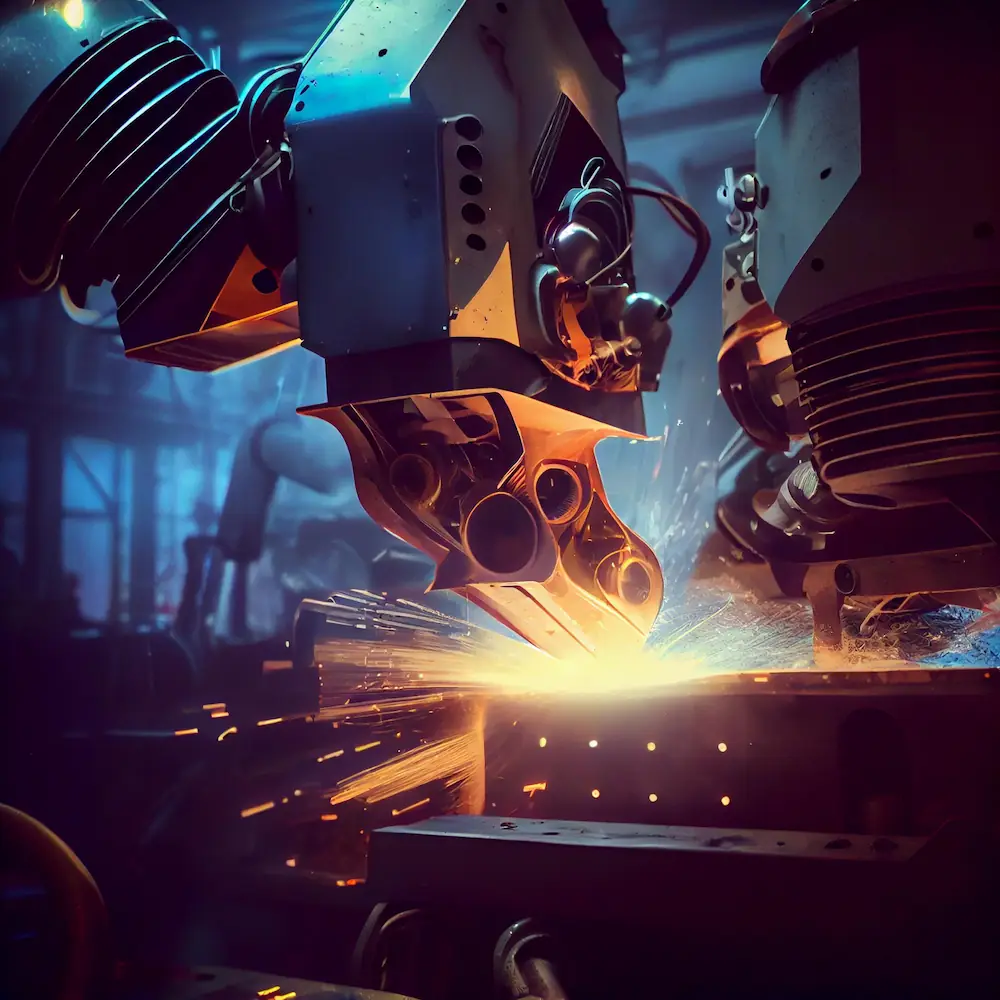Transforming Manufacturing: The Benefits of Robotic Welding vs. Manual Welding

Are you looking to supercharge your manufacturing efficiency and precision? Discover how robotic welding systems can revolutionize your production process and outperform traditional manual welding methods.
The Power of Robotic Welding
Unmatched Efficiency
Robotic welding systems can significantly increase productivity by working tirelessly 24/7. Unlike manual welders, these automated systems don't require breaks, vacations, or shift changes. This continuous operation results in higher output and faster turnaround times, crucial in today’s fast-paced manufacturing landscape.
Superior Precision and Consistency
Robotic welding offers unmatched precision and consistency. Automated systems are programmed to perform welds with exact specifications, eliminating human error and variability. This precision ensures high-quality welds, leading to fewer defects and less rework, ultimately saving time and resources.
Cost-Effectiveness
While the initial investment in robotic welding equipment can be substantial, the long-term cost savings are significant. Reduced labor costs, minimized material waste, and enhanced productivity contribute to a quick return on investment. Companies can also save on costs related to workplace injuries and insurance, as robotic systems handle hazardous tasks.
The Challenges of Manual Welding
Limited Working Hours
Manual welding relies heavily on human labor, which is limited by work hours, physical fatigue, and the need for breaks. These limitations can slow down production and reduce overall efficiency, particularly in large-scale manufacturing environments.
Inconsistent Quality
Human welders, despite their skill, can introduce variability into the welding process. Factors like fatigue, stress, and human error can result in inconsistent weld quality. This inconsistency can lead to higher defect rates and increased costs associated with rework and quality control.
Higher Labour Costs
Manual welding requires a skilled workforce, which can be expensive to maintain. The cost of training, wages, and benefits adds up, impacting the overall profitability of manufacturing operations. Additionally, skilled welders are in high demand, making recruitment and retention challenging.
Embracing Robotic Welding: A Smart Investment
Enhanced Safety
Robotic welding systems improve workplace safety by taking on hazardous tasks, reducing the risk of injuries related to burns, toxic fumes, and repetitive strain. This not only protects workers but also reduces costs associated with workplace accidents and insurance claims.
Flexibility and Adaptability
Modern robotic welding systems are highly adaptable and can be reprogrammed for different tasks and projects. This flexibility makes them ideal for various applications, from small-scale projects to large, complex assemblies. Businesses can quickly adapt to changing production needs without significant downtime.
In the evolving landscape of manufacturing, adopting robotic welding technology offers a strategic advantage. By enhancing productivity, ensuring consistent quality, and reducing costs, robotic welding systems empower businesses to stay competitive and meet the demands of the market. If you're ready to transform your manufacturing process, consider the unparalleled benefits of robotic welding. Ready to make the shift? Embrace robotic welding today and unlock new levels of efficiency and precision in your manufacturing operations.








